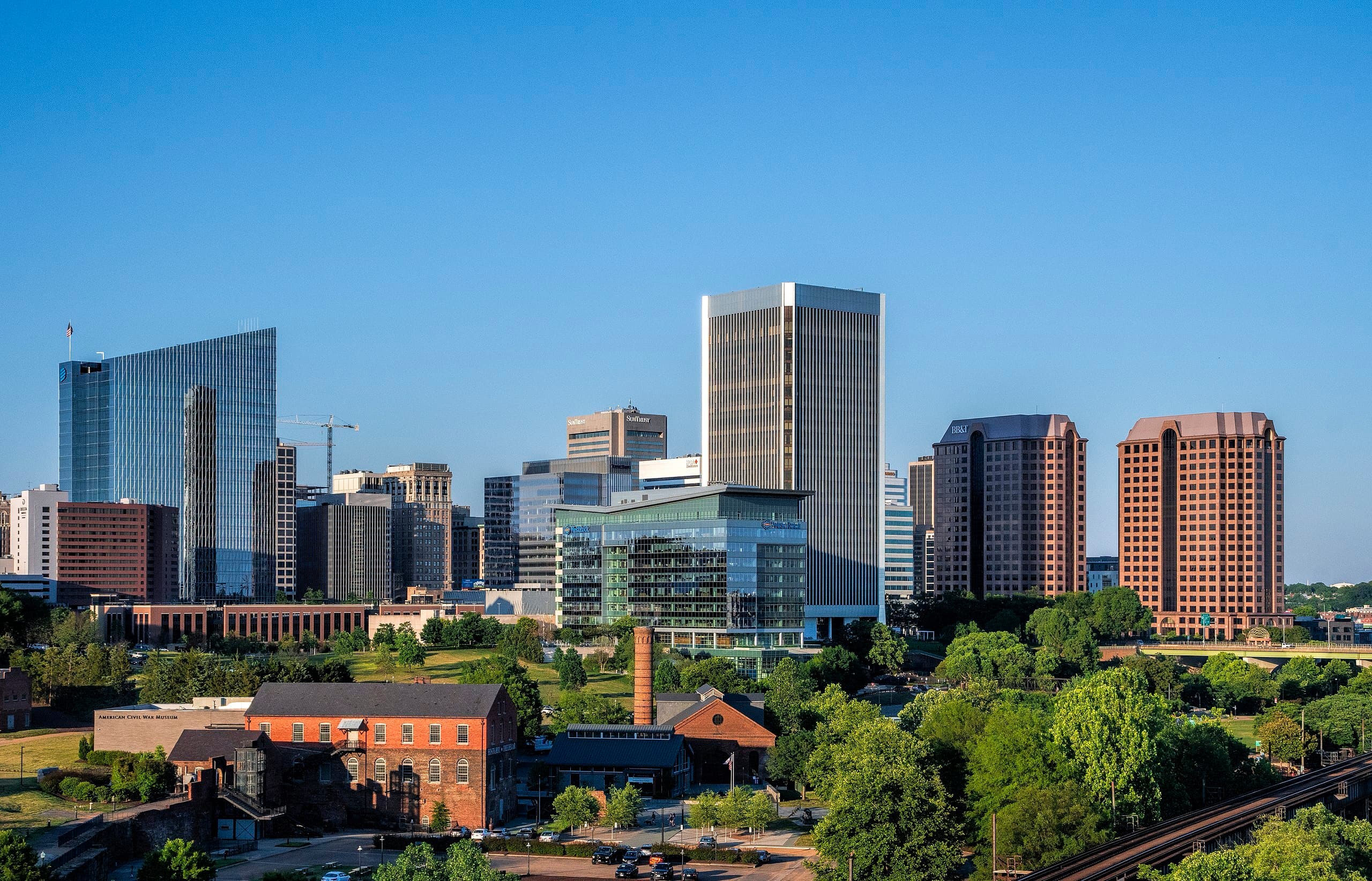
What is smart growth?
Smart growth is an approach to community design that connects housing, transportation, and land use to create healthy, prosperous, and resilient neighborhoods.

About us
Smart Growth America cultivates vibrant, sustainable communities with diverse living and transportation options, enhancing quality of life for all.

Our work
Smart Growth America cultivates vibrant, sustainable communities with diverse living and transportation options, enhancing quality of life for all.

Impact
Smart Growth America cultivates vibrant, sustainable communities with diverse living and transportation options, enhancing quality of life for all.

Events
Throughout the year, we host a number of in-person and virtual events covering topics related to public health, social equity, and climate resilience.


News
By Rachel Ellis, August 7, 2024
Innovative research from Smart Growth America and the Lincoln Institute reveals the potential for public lands to transform the financial health of urban municipalities. Using Richmond, Virginia, as a case study, the findings outline a clear plan for developing public lands to harness their potential for the greater good.

Public lands in urban areas can make up substantial parts of a city and hold significant economic value. In a new paper, SGA Director of Research Michael Rodriguez demonstrates how developing these public parcels could greatly benefit municipalities. By using a variety of methods, including an inventory of public assets, statistical analysis, and advanced machine learning techniques, the analysis of Richmond, Virginia, reveals that a surprising portion of land is undeveloped and underutilized.
The research demonstrates the untapped fiscal potential of urban public lands. In Richmond, the analysis finds that developing these lands could raise property values by approximately $530 million, increase tax revenue by $6 million annually, and have additional positive effects on nearby private properties.
Overall, the report highlights the importance of public lands in city planning and provides valuable insights for policymakers on how public assets can be leveraged to harness the potential of public assets for the greater good, revitalize cities, and improve fiscal stability. It suggests that careful and strategic development of these lands can bring in much-needed revenue while ensuring sustainable and fair use of urban spaces.
This study is especially useful for cities facing financial challenges and demonstrates how public lands can be a key resource for urban renewal and economic growth.
Related News
Upcoming public events: Join us!


Subscribe to our newsletter
© 2025 Smart Growth America. All rights reserved
Site By3Lane Marketing








